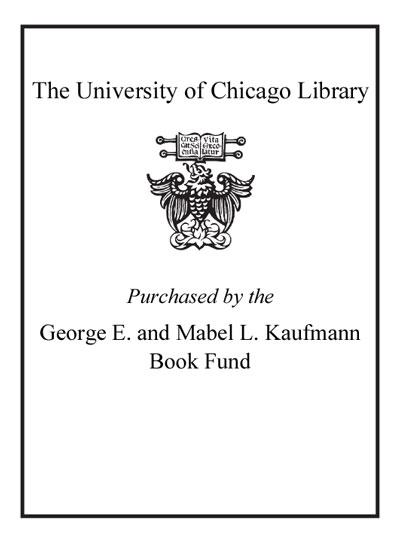At eleven o'clock in the morning of Wednesday, June 3, 1863, an urgent telegram arrived in Lexington, Kentucky, the field headquarters of the Union Army of the Ohio. The message came from Washington, DC, and carried the signature of Major General Henry W. Halleck, the general-in-chief of the Union Army. The addressee was Major General Ambrose E. Burnside, the commanding officer of the Department of the Ohio, who was in Lexington preparing to lead a force of about 16,000 men, south through Kentucky and into the Confederate Department of East Tennessee. Burnside expected to move out in only four days, but Halleck's message obtruded. "You will immediately," the general-in-chief bluntly ordered, "dispatch 8,000 men to General Grant, at Vicksburg [Mississippi]." This directive stripped the Army of the Ohio of about half the troops which Burnside counted upon for his East Tennessee foray. With only two divisions remaining, Burnside believed that he was too weak to both mount a general invasion and also to protect his supply line, which stretched nearly 200 miles from Cincinnati, Ohio, to the Kentucky-Tennessee border. Convinced that an invasion was now impracticable, Burnside suspended the operation. Halleck wanted to maintain pressure on the enemy while the men were absent, so Burnside devised a bold but trimmed-down alternative: a cavalry raid. Within a week the Army of the Ohio began preparing to dispatch a squadron of 1,300 horsemen on a sweep through enemy-occupied East Tennessee. Led by Colonel William P. Sanders, the raiders successfully severed the principal rail artery which connected Confederate troops in Virginia to rebel forces in the West. The safe return of almost the entire squadron made national headlines, but the memory of the feat faded over the years. There are reasons why the Sanders Raid lost its foothold in the chronicle of the war. Southern historians dominated the history of the Civil War written in the late-nineteenth and early-twentieth centuries, and since Sanders's raid was both a Yankee victory and a rebel embarrassment, few were inclined to mention it. Moreover, several aspects of the event contradicted their notion that Southerners were united in support of disunion. In most of Tennessee, secession was very popular, but in the eastern counties, where the raid took place, a heavy majority of voters disapproved of separation. As a further expression of their loyalty, about 42,000 citizens (or roughly a quarter of the total number of Tennesseans who went to war) preferred to fight for Old Glory. Three-fourths of Tennessee's Union troops hailed from its eastern counties. Southern writers ignored William P. Sanders as well, although he was a true son of the Old South. Sanders was born in the capital of a border state (Frankfort, Kentucky), but he grew to manhood in the heart of the Cotton Kingdom, Natchez, Mississippi. Sanders's father, a prominent attorney and pro-slavery activist (he owned twenty slaves in 1850), was also a lifelong friend and political ally of Jefferson Davis. Yet, when war erupted, William Sanders swam against the tide. Unlike three of his brothers, who fought for Dixie, he chose to don Union blue. His decision both defied his father's wishes and clashed with the concept of a Solid South. Northern writers also neglected the Sanders raid, but for different reasons. Most Yankees awarded primary credit for the Union victory to the eastern front, to conventional forces (notably the Army of the Potomac), and to big battles like Antietam and Gettysburg. Though Northern writers respected the accomplishments of the western armies and did not entirely ignore small-scale operations, they too found no room in their pages for a Southern-born hero and his obscure raid. The raid remained in limbo until 1963, when the hundredth anniversary of the battle of Knoxville prompted Digby Gordon Seymour, a Knoxville physician and amateur historian, to publish Divided Loyalties: Fort Sanders and the Civil War in East Tennessee. Openly pro-Confederate, Seymour touched upon the Sanders raid but allotted it just two pages. Nonetheless, Divided Loyalties reigned as the standard history of Civil War Knoxville until 2006 when Robert Tracy McKenzie replaced it with Lincolnites and Rebels: A Divided Town in the American Civil War. McKenzie also discussed the Sanders raid but not thoroughly. A more complete account appeared in 2012 when Earl J. Hess published The Knoxville Campaign: Burnside and Longstreet in East Tennessee. Both northern and southern writers relied heavily or exclusively upon Sanders's official reports, which he wrote for a limited purpose--simply to inform his superior officers, not to serve as a lasting history. Sanders described, somewhat dryly, the route traveled, the facilities destroyed, the prisoners captured, the casualties sustained, and so forth. Yet, while his reports are indispensable to any account of the raid, he omitted much material of interest to future historians. Sanders furnished no information on the enemy's deployments, was unaware of the raid's effect on other campaigns, and was unable even to measure accurately the amount of damage he caused. His reports do not address the political aspects of the raid or speculate on the reasons for his success. Most of all, they leave out the colorful details of a tale of high adventure: a harrowing chase through 250 miles of enemy-occupied territory. Excerpted from Yankee Commandos: How William P. Sanders Led a Cavalry Squadron Deep into Confederate Territory by Stuart Brandes All rights reserved by the original copyright owners. Excerpts are provided for display purposes only and may not be reproduced, reprinted or distributed without the written permission of the publisher.

